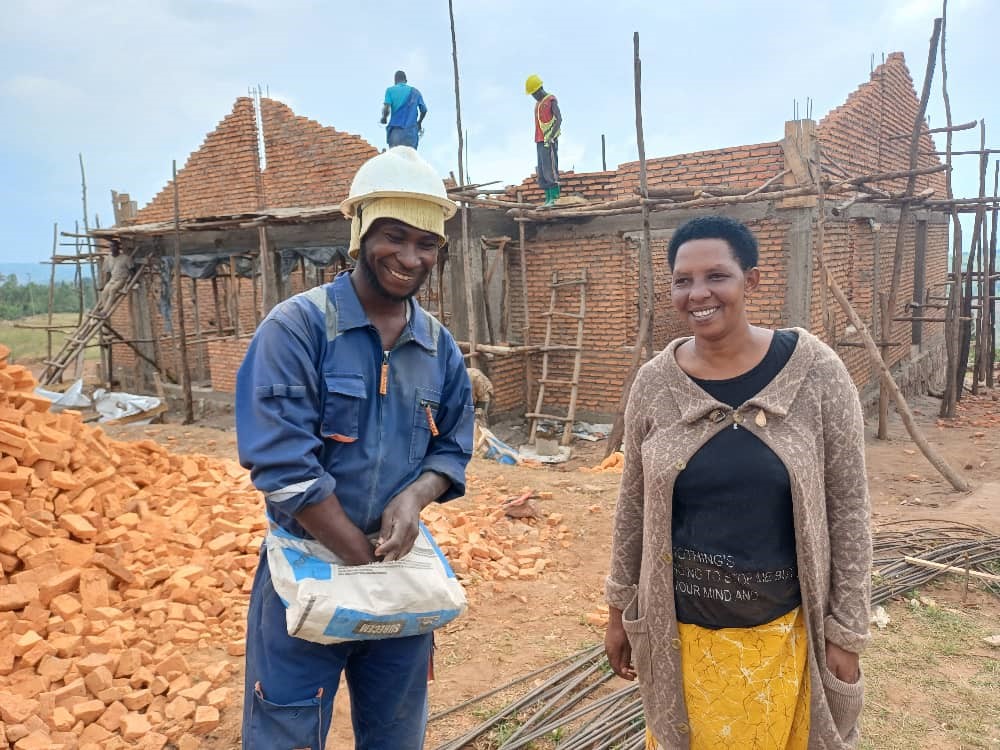“I didn’t want to see another mother needlessly die in childbirth” - Specioza Our organizing in Rwanda began in 2009 in the rural village of Mumeya, where mothers…
PICO Rwanda: 2014 in Review
Twenty years after the genocide, PICO Rwanda is helping people help themselves.Twenty years after the genocide, PICO Rwanda is helping people help themselves. PICO-trained local leaders are building community and changing lives. PICO Rwanda efforts are core to achieving the country’s vision for inclusion and advancement of the people most damaged by the genocide.
HIGHLIGHTS OF THE YEAR
In rural Nyange, women – the poorest of the poor – alone as a result of the genocide are building homes and baking roofing tiles. Dorosela, an HIV/AIDs widow, was trained to make roofing tiles. She in turn is training others. The community showed their gratitude to Dorosela, by building the first new home in the village for her. Their co-op plans on building more houses and will start marketing roofing tiles in 2015.
In the Capitol City of Kigali, women have moved from sexual exploitation to form a cooperative with several small business enterprises. A second group of women joined the Cooperative Abanyagumisha (the Blessed Ones) in 2013. Now more than 100 women are self-employed, marketing produce, operating two hair salons, and selling arts and crafts. Their goal in 2015 is to learn English and grow their income to better support their children.
In rural Matimba, organized by Lutheran Pastor George Twesige, local people have built an elementary school building from the ground up with their own labor and funds collected from the community. Their goal in 2015 is to open the school so 300 young people will not have to walk three miles to another village for their education.
In rural Mumeya, after six years of organizing and construction, their 38 room clinic is fully operational. No mother or child has been lost in childbirth since the clinic was built. All Mumeyan children are now deemed well nourished. After years of negotiation, 2015 will be the year when leaders will finally see water and electricity flow to the clinic and the surrounding villages of 30,000 people.



